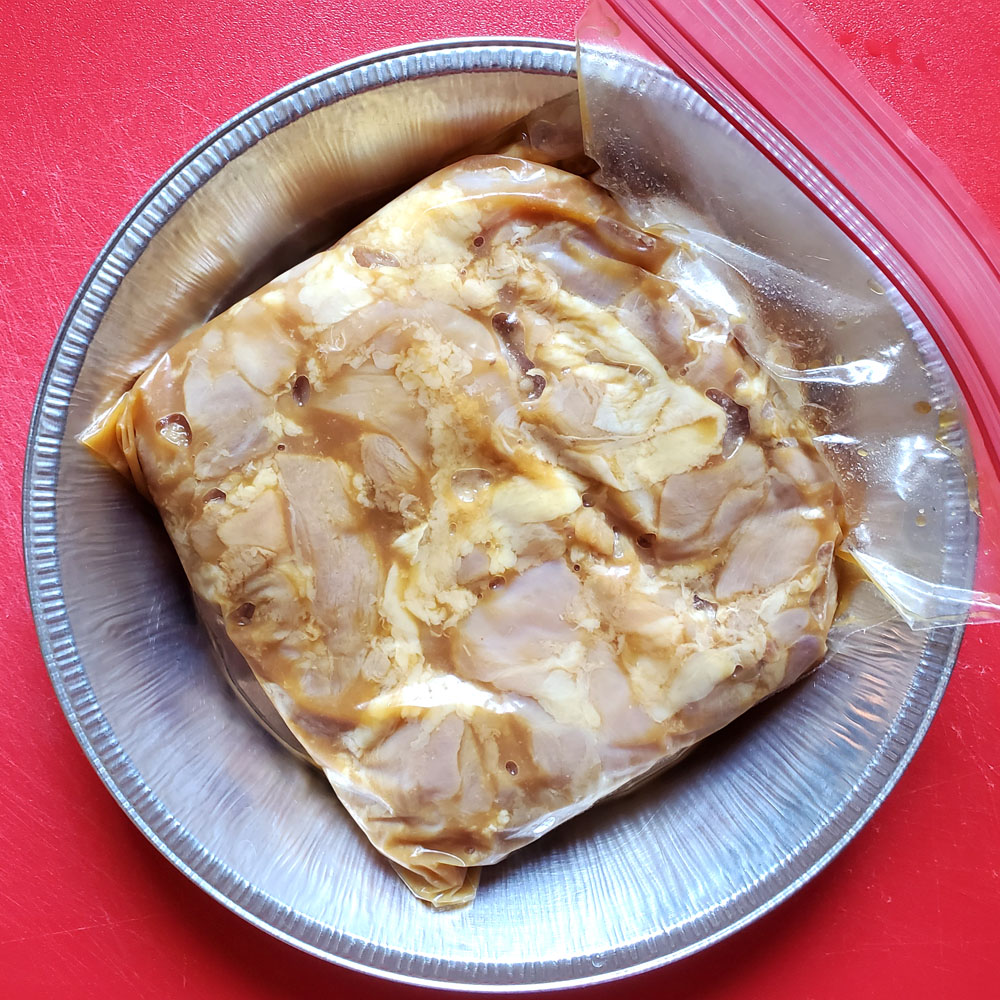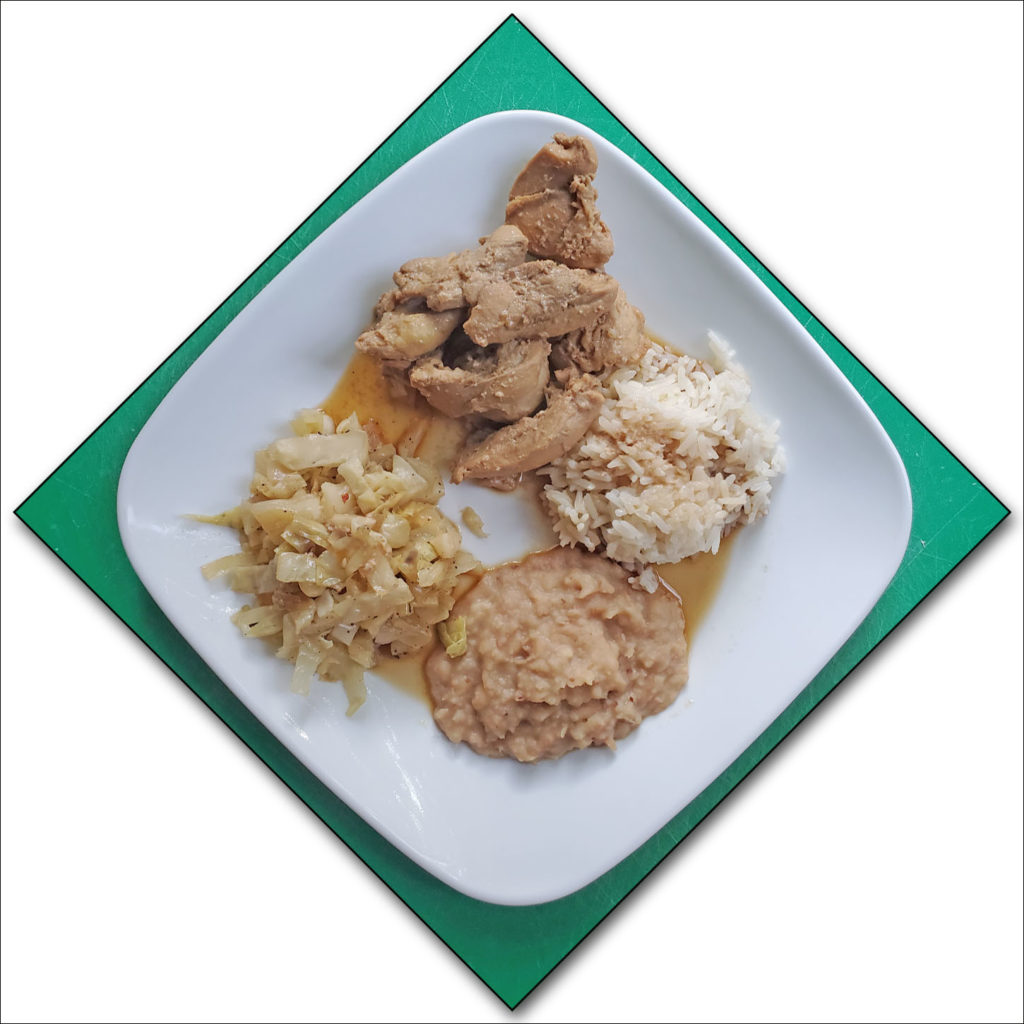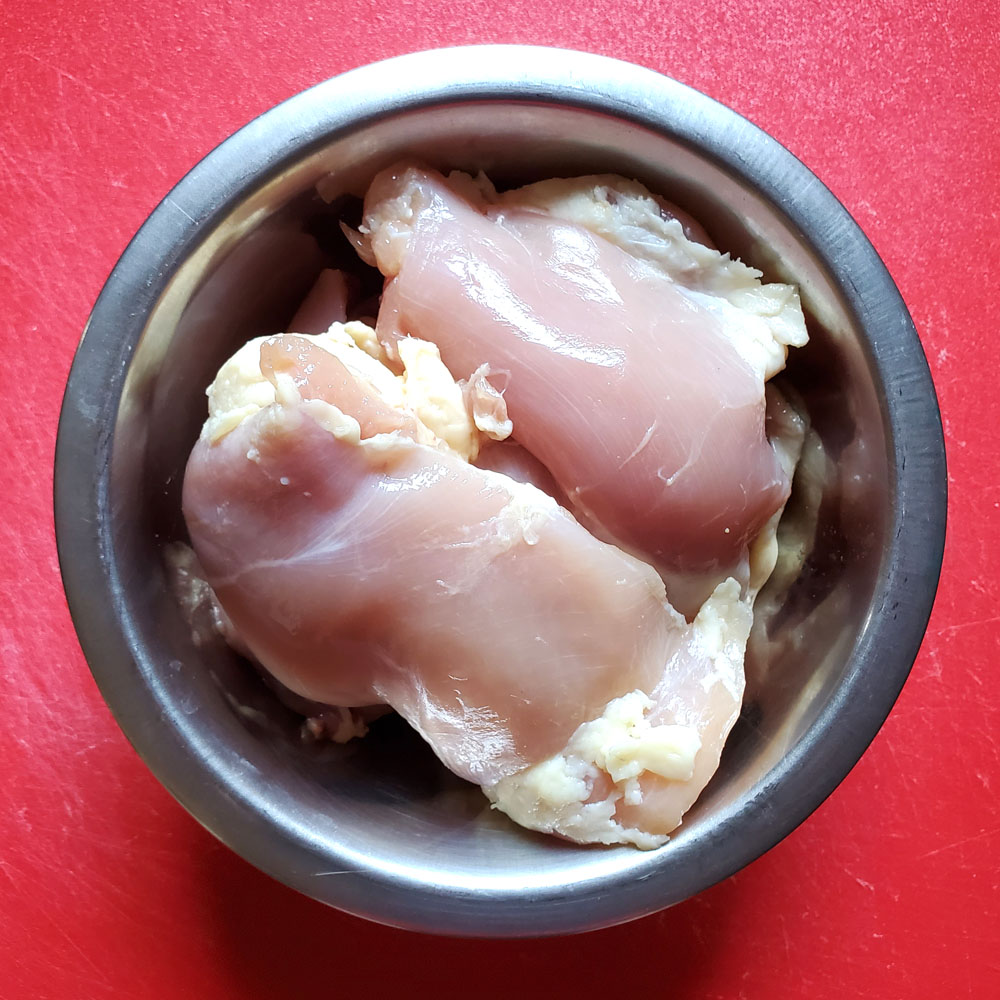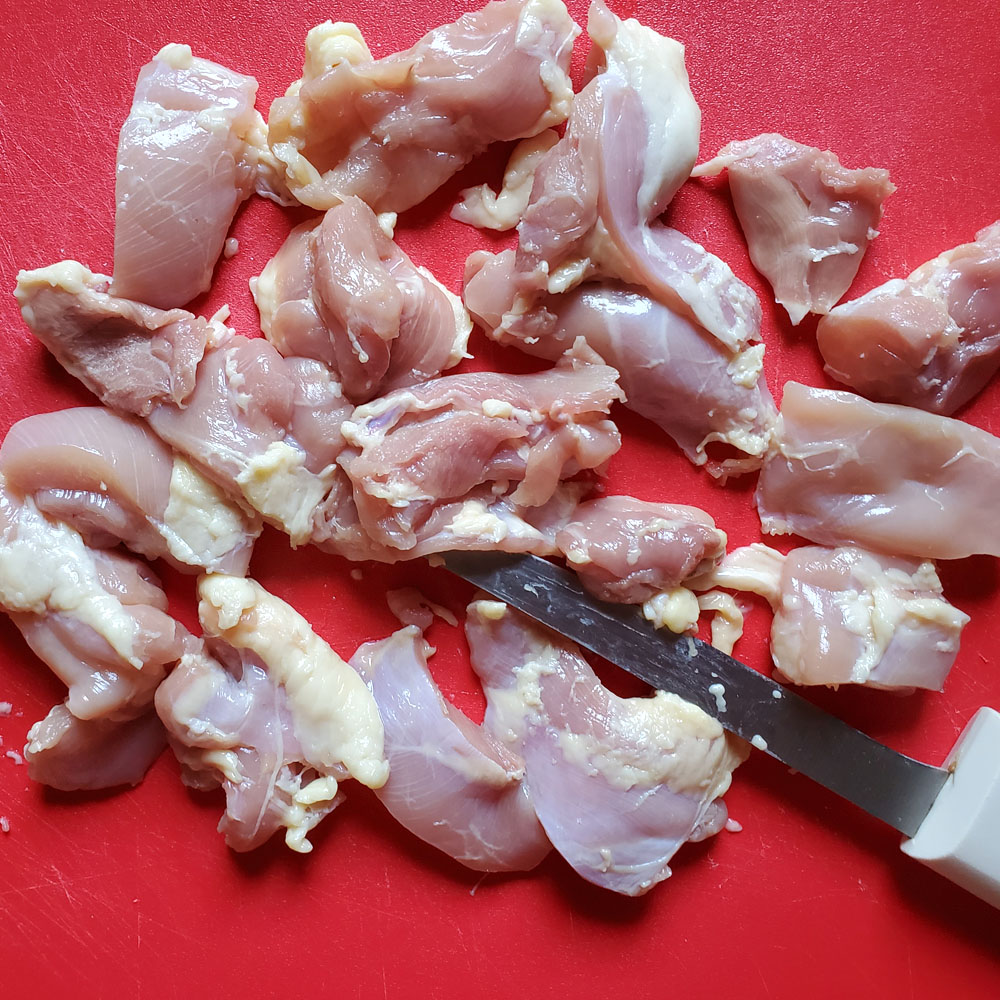I live in Southern CA and Adobo has a different meaning to many here in the Hispanic community. Filipino adobo and Mexican adobo are very different preparations. Both are byproducts of Spanish influence but in very different ways.
When Spain colonized the Philippines in the late 16th century and early 17th century the use of vinegar in the marinading process was something they recognized. Marinading in vinegar and salt, later replaced by soy sauce, was a way to preserve meat in the days before refrigeration. The Spanish applied their term Adobar meaning marinade. The word adobo was used to describe any dish the natives marinated before it was cooked. The dish was prepared in the Philippines long before Spanish colonization but the term stuck.
The only real connection of Filippino adobo to Spanish and Latin American adobo is the use of vinegar and garlic. Colonialism rant ended. For a more detailed take on this, follow the link to an article by Mijon Zulu.
Adobo is considered by many to be the National Dish of the Philippines. It is a simple preparation of meat, vinegar, soy sauce, and garlic but seemingly each family manages to use these ingredients in slightly different ways.
I was fortunate enough to learn the basic recipe from someone I worked with for about a decade. She was known as Tita Rosy and I miss her very much. R.I.P.
The way she taught me was among the simplest of recipes. Take a few pounds of chicken or pork. Cut it into pieces. Marinate with soy sauce, vinegar, and garlic. Marinate for at least an hour and cook until tender. That was all of the instructions the first time I asked her. Further questions gave me the approximate proportions which were ¼ cup of both vinegar and soy sauce and lots of garlic.
The first time I tried it myself, I used too much vinegar and soy sauce because it just didn’t seem enough. I was left with lots of sauce since the meat gave up quite a bit of moisture while cooking. I cut back on the marinade, she was right of course. I find that 2 cloves of garlic are about right and I usually use the crushed from a jar for ease of use.

Over the years I have tried every kind of vinegar and soy sauce available and came to several conclusions. First, dark soy is too intense for this dish. Secondly, except for Balsamic vinegar, they all work but have their own taste and acid profiles. I encourage experimentation to find what suits you best. Today’s cook uses low sodium soy sauce and natural apple cider vinegar. I usually add a few bay leaves as well although Rosy did not use them.
Other variations include browning the meat either before or after cooking in the sauce. Sometimes chicken liver is involved, which is used to thicken the sauce. It is a very forgiving dish in terms of how you use the ingredients. It is common to remove the meat and reduce the sauce until it is thickened and as much fat as sauce. I have even tried a version that adds coconut milk but my Filipino friends say that it is no longer Adobo.
My kids grew up eating this dish. It is very family friendly even for young children. Give this dish try.
It was a few days before I had a chance to eat my adobo. I served it with Jasmine rice (not so white with the addition of soy sauce in the cooking water), a bit of refried beans, and the last of some hot and sour cabbage. I really do forage in my fridge and eat it until it’s gone.
I’m not going to call it ugly, but is is a bit of a monotone plate. I keep promising myself I’m going to work on that but if it all tastes good…

Filipino Chicken Adobo according to Tita Rosey
For this batch…
Ingredients:
- A bit more than 1 lb of boneless chicken thighs, 4 pieces
- For Marinade:
- A bit less than ¼ cup natural cider vinegar or other vinegar of choice
- A bit less than ¼ cup low sodium soy sauce
- 1 heaping tsp crushed garlic
- 2 small bay leaves
Method:
- Cut thighs into pieces, large bite size
- put into 1 qt ziplock bag with marinade ingredients
- Squish around to mix
- Remove air from bag and seal
- Place in pie pan (just in case of leaks) and let sit overnight in the cold box
- Turn and squish around baggie several times while marinading to distribute flavor
- Dump contents into appropriate sauce pan. 1.5 quart is good for this amount
- Bring to simmer and cover until tender. For chicken thighs, perhaps 30 minutes
- Discard Bay leaves
- Serve with rice of your choice
Notes:
If using pork, choose a fairly fatty cut like shoulder or farmers ribs and cook about one hour
You can mix pork and chicken
If using bone in thighs, leave the skin on and use sharp knife and cut each piece to the bone on each side
Do not use chicken breast, thighs are really the best way to go but drumsticks are an option
Please help me grow by sharing on social media.


